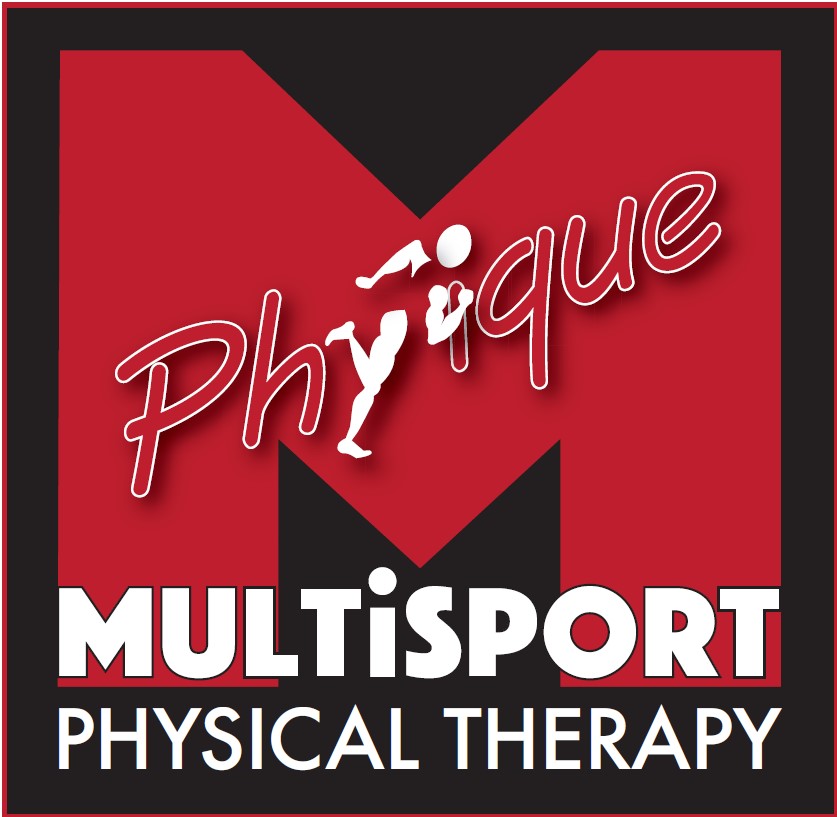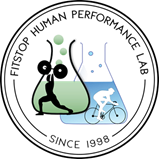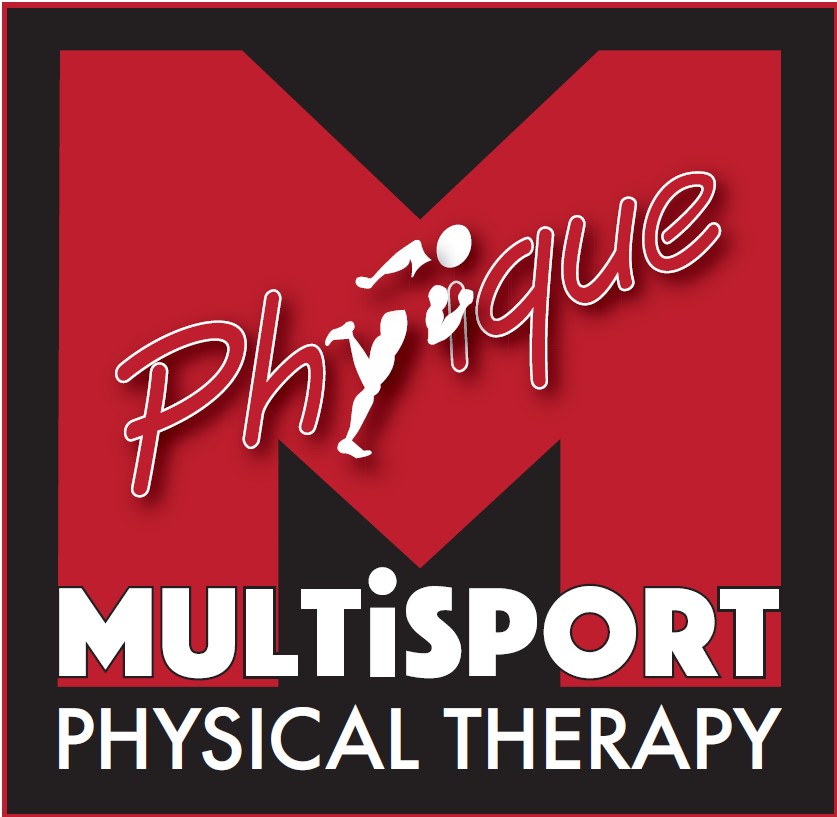How To Realise A Big Improvement In Your Swimming Read more at http://triathlete-europe.competitor.com/2012/10/17/how-to-realise-a-big-improvement-in-your-swimming
Although less common than in cycling and running, it’s possible to have your own “big drop” in the swim leg with the right training stimulus and the commitment to improve.
Tower 26 coach Gerry Rodrigues hosts an open-water session in Los Angeles every week called the “Can’t Miss Workout.” Professionals and age-groupers travel to the West Coast just to work with him. Although Rodrigues places importance on acclimating to different water conditions and becoming familiar with mass group starts, he says open-water sessions “must be supported by a foundation in the pool.”
It is not unusual to see Tower 26 athletes at a local swim meet in the Southern California area. Rodrigues compares a swim meet to a 10K run or a local bike race. A meet provides a perfect environment to go fast. “The athletes view themselves differently after swimming a time trial,” he says. “They look at themselves as faster swimmers.”
Training consistency and frequency will also pay off in the long run. Just ask age-group triathlete Teri Pitman. When Pitman did her first triathlon, she swam 1,500m in 35 minutes with her head out of the water the entire time. A couple of years later, Pitman swam the same distance in 27 minutes, exiting the water in the top third of her age group.
Pitman attributes her “big drop” to swimming harder and more often. “My biggest improvement came when I was consistently in the pool three to four times a week,” she says. “I made it a goal to stay on the feet of some of the faster people, sometimes feeling like I was going to puke and cramp up. It helped me handle those crazy race starts.”
The swim leg is critical at the elite level. Henry Hagenbuch, a former UCLA All-American steeplechaser-turned-triathlete, was lapped out at his first ITU race in 2010 after exiting the swim six minutes behind the leaders. Then he started working with USAT Level 3 coach Ian Murray. “Hagenbuch made a commitment for drastic gain in the swim,” Murray says. “We worked on technique at the beginning, with lots of video analysis so he could understand what to think about when he was swimming.”
The first time Hagenbuch did a 10×100-yard test set, he could barely hold 1:30 intervals. “Six months later he held 1:20s, then 1:15s, and eventually 1:10s,” says Murray. In early 2012, Hagenbuch exited the swim of an ITU race within striking distance of the leaders. It was the first of many big drops that Hagenbuch hopes to see as he trains toward qualifying for the 2016 Olympic team.
“Big Drop” Tips
- Get out of your comfort zone in practice.
- Try a swim meet.
- Force yourself to swim on faster swimmers’ feet.
- Work with a new coach or try a different training plan.
- Up your frequency per week.
- Get a professional video analysis.
- Add a weekly open-water swim.
- Set a goal time and achieve it two weeks out from a big race to boost confidence.
Workouts
1,500 Test Set
Perform every three months to chart your progress.
10-minute warm-up
200 at max effort, 30 sec rest
3×400 on fastest interval possible, 30 sec rest
2×50, 10 sec rest (overemphasize the kick)
=1,500 total (plus warm-up)
“A Little Bit of Everything” Workout
The addition of a workout like this one will give you a chance to focus on small details of technique.
300 warm-up
4×75 drill (do a different drill each 75)
6×50 pull (breathing every fifth stroke)
3×100 swim (descend time 1–3)
12×25 (2 kick, 2 building speed)
300 cool-down
=1,800 total
Read more at http://triathlete-europe.competitor.com/2012/10/17/how-to-realise-a-big-improvement-in-your-swimming#t1pc8qqu8RCiVyDv.99




































